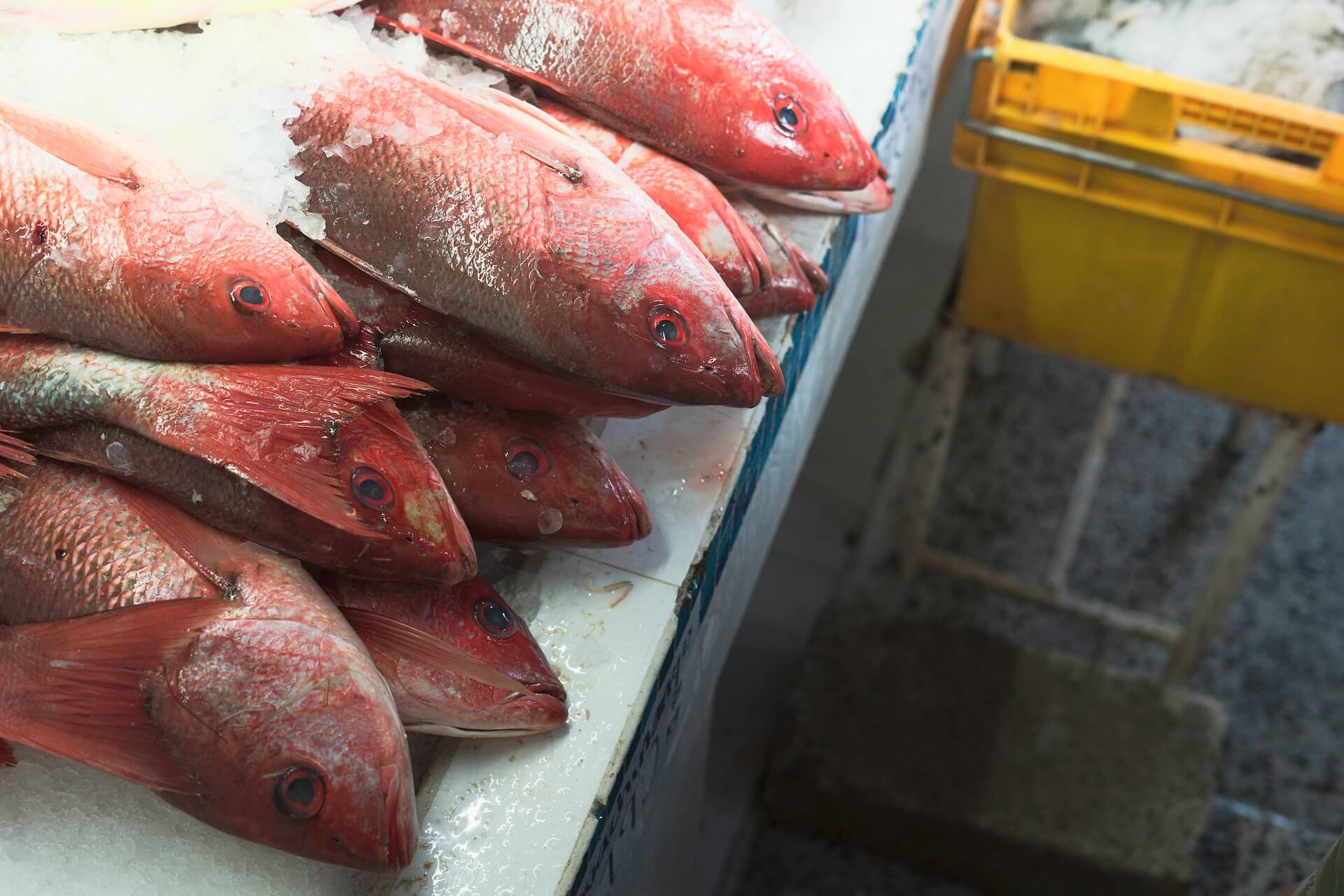Consumers can enjoy a variety of high-quality food items, thanks to a process called food quality control. This entails a set of important processes from acquiring the right raw materials to record-keeping.
In this guide, we’ll discuss everything you need to know about quality control in the food industry — what it means, its procedures, and maintaining it in your company.
What is Food Quality Control?
Food quality control refers to procedures that businesses follow to avoid spoilage and contamination to highly sensitive products.
From manufacturing to distribution and consumption, quality control of food is also necessary to provide consumers with safe and delicious food. This is done by adhering to food quality regulations and standards that ensure customer safety and satisfaction.
Companies, for instance, identify defects in food products while looking for ways to improve their quality.
Since food quality directly impacts consumer health, it’s necessary to check and document its quality at every stage of the production process.
The Importance of Food Quality Control
Quality control in food is incredibly important to ensure that consumers are eating safe food products. It protects customers from risks such as contaminated or spoiled foods. Food quality control also ensures that people receive the quality and amount of food that they paid for. These procedures and processes also ensure that food laws and regulations are being followed.
Characteristics of Food Quality Control Systems
Reliable food quality control systems should ensure consistent quality during various stages of production. Given this, such systems should be both proactive and reactive in their implementation of quality control.
Proactive quality control. Also known as “preventive quality control,” this characteristic of food quality control systems ensures the prevention of any inconsistencies during production. It includes machine and equipment inspections, retraining workers, specific work sign-off instructions, and routine checking of tools and their condition. The goal here is to improve overall product quality by catching flaws and reducing the number of defects.
Reactive quality control. Defects are a normal occurrence on any production line. Good food quality control systems should also be reactive to quickly address such issues before they result in long-term damage or customer complaints. This may involve regular auditing, updated customer feedback records, and systems that accurately track and correct defects.
Top Food Quality Control Procedures
Quality control in the food industry involves many different procedures. Here are some of the top food quality control procedures that are commonly implemented:
Raw Ingredients Specification
High-quality end products are only as good as the raw materials and ingredients that they use. Therefore, the best starting point in food quality control is to develop raw ingredient specifications.
This should include, at minimum, the names of the ingredients, vital product attributes, and important dates. Discussing and settling these specifications with the supplier is crucial in maintaining the product consistency and upholding standards for quality ingredients.
Approved Supplier List
Every ingredient should be sourced from a list of approved suppliers to maintain quality control. An approved supplier list should have the following information: ingredient name and internal code; name, address, and contact number of supplier; supplier code number; and trade name of ingredient.
Raw Ingredients Inspection
Once the raw ingredients have been sourced from the supplier and arrive at the manufacturing facility, they must go through a thorough inspection process. This ensures that the raw ingredients meet the required specifications.
The inspection should include a visual examination as well as tests for moisture content, pH levels, and weight, among others. Raw food materials that do not meet quality specifications should be quarantined or returned to the supplier before moving onto later steps in production.
Production Formulation
Once the raw materials have been inspected and approved, the ingredients will then follow a formula or recipe that results in the finished product. This involves following detailed and highly specific production instructions that include the ingredients, recommended weights, batch sizes, and processing times. Achieving product consistency requires that these instructions are followed exactly. The product formulation team also documents every step in this process.
Manufacturing Procedures
Food quality management is also implemented in the manufacturing procedures, which should follow the company’s standard operating procedures (SOPs). This will ensure product quality and consistency.
SOPs should have process flow diagrams and critical control points to help document exactly how the product is made. Other details should be specified, including the following:
- The correct order of adding ingredients
- Tools and equipment to be used
- How to transport and store specific ingredients
- Specific facility conditions
- Roles of each person in the production team
Packaging and Labeling
Packaging and labeling are essential steps in the food quality control process. These aspects of food production are most influential for the customer, who makes a decision based on the appearance of the product in its packaging.
Food products come in primary and secondary packages. The primary package comes into direct contact with the product and encloses the food. Examples are jars, films, bottles, cartons, or boxes. The secondary package provides protection and can hold multiple packaged food items.
Food quality control laws and regulations require packaging to have a clear product name, ingredient statement, and the manufacturing or distribution location.
In-Process Records
Record-keeping is important to indicate what is happening with the product throughout the manufacturing process. In-process records in the form of daily maintenance logs are updated by production and quality control personnel. These typically log details such as the product weight, size and shape, temperature, yield, material balance, ingredient usage, and whether it’s scrap or waste.
Keeping track of the critical control points (CCPs) in the process is crucial to ensure quality and safety. CCPs are defined as steps where control can be exercised to prevent food hazards [*].
Changes at these points can lead to food products that are unsafe and costly to businesses. CCPs are typically defined by regulations, but they can also be self-imposed. In-process records ensure that CCPs are properly monitored and documented to ensure product quality.
How to Maintain Food Quality Control
Maintaining food quality control throughout countless production processes and manufacturing facilities is done by enforcing laws and regulations. Large retailers and chains that operate within the food industry set these standards to ensure food quality across the board.
The most common quality standard that is followed is the Hazard Analysis and Critical Control Points (HACCP), which addresses food safety through the analysis of physical hazards and biological chemicals.
There are other common food quality standards, such as the Global Food Safety Initiative (GFSI) and the International Featured Standards (IFS). The latter is a recognized standard in food auditing.
Summary
Maintaining quality is of the utmost importance in the food sector. To produce high-quality food products, businesses need to implement standard quality control procedures. By understanding what food quality control is and familiarizing yourself with some of the common procedures used, you can ensure that your food products are of the best quality for your customers.
An important part of food quality control is preventing spoilage, and freezing is one of the best food preservation methods that can do this.
If your food business requires freezing as part of its food quality control process, contact Empire Freezing & Drying where we specialize in individual quick freezing (IQF) and freeze drying food products. Reach us by calling 973-649-9800 or emailing info@empiredrying.com.



